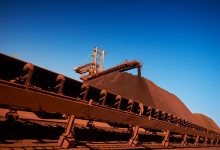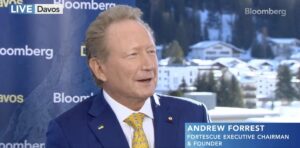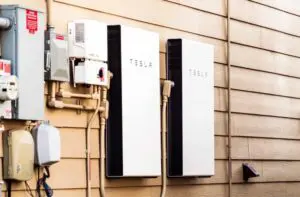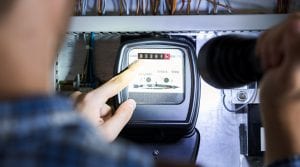If steelmaking was a country it would be the third-biggest emitter after the United States and China, which puts Australian iron ore on notice.
A report released by WWF-Australia on Thursday urges the nation to be more than a quarry for its most valuable export commodity, iron ore, which is used to make steel and is a critical source of employment.
An economy driven by petroleum and raw material exports alone has significant risks that are harming our long-term economy, the natural environment and communities, chief executive Dermot O’Gorman said.
Australia’s Green Iron Key recommends a $10 billion domestic support package to decarbonise the existing iron ore and steel industry and prioritise the development of export-focused green iron projects.
Governments must also combine their efforts to develop a skilled workforce and new technology, and keep onshore all domestic scrap metal to integrate into Australia’s value chain.
A green iron and steel regional cooperation program to build a supply chain between Australia and East Asia could also combat Europe’s headstart.
“The industry supply chain is starting to shift and Australia and Western Australia need to act quickly or lose out to faster movers,” WWF-Australia’s industrial decarbonisation expert Nicole Wyche said.
Australia is the world’s leading exporter of iron ore for steelmaking, mostly to China where steel mills account for the majority of global steel production.
Major Asian steel producers are pursuing green iron and steel value chains involving Australia, but they are also looking elsewhere, WWF-Australia warns.
An ideal green iron plant could produce less than three per cent of the emissions of a conventional blast furnace, according to the report.
Iron will be produced where the cheapest renewable energy and the lowest-emission hydrogen can be generated, supporting steel products where manufacturers currently exist, and alongside the world’s leading automakers and construction giants.
“Decarbonising iron and steel production is vital if we are to stabilise global temperature rise to 1.5C in line with the Paris Agreement,” Ms Wyche said.
Global market responses such as the European Union’s carbon border adjustment mechanism are forcing steel makers to reduce emissions.
Europe is positioning to be a leader in low-carbon steelmaking to combat climate change on a global scale, and extend the life of heavy industries that are at the heart of the region’s economy.
There are also doubts in the industry about the suitability of Australian iron ore, with favoured low-carbon technologies requiring higher-grade ores from rivals such as Brazil.
A first-of-its-kind plant in Sweden is gearing up to produce five million tonnes of green steel a year, bankrolled by €6.5 billion from investors and lenders including a €250 million grant from the European Commission’s innovation fund.
H2 Green Steel, founded in 2020 to end the dependence on coal-fired blast furnaces, will use one gigawatt of electrolysers, making it the biggest green hydrogen facility in Europe.
Established steel makers Thyssenkrupp and ArcelorMittal are also looking at renewable energy to power electric arc furnaces.
In the United States, $US1 billion will go to green steel projects as part of a $US6 billion pledge for new technologies to slash emissions from factories.
Source: AAP










